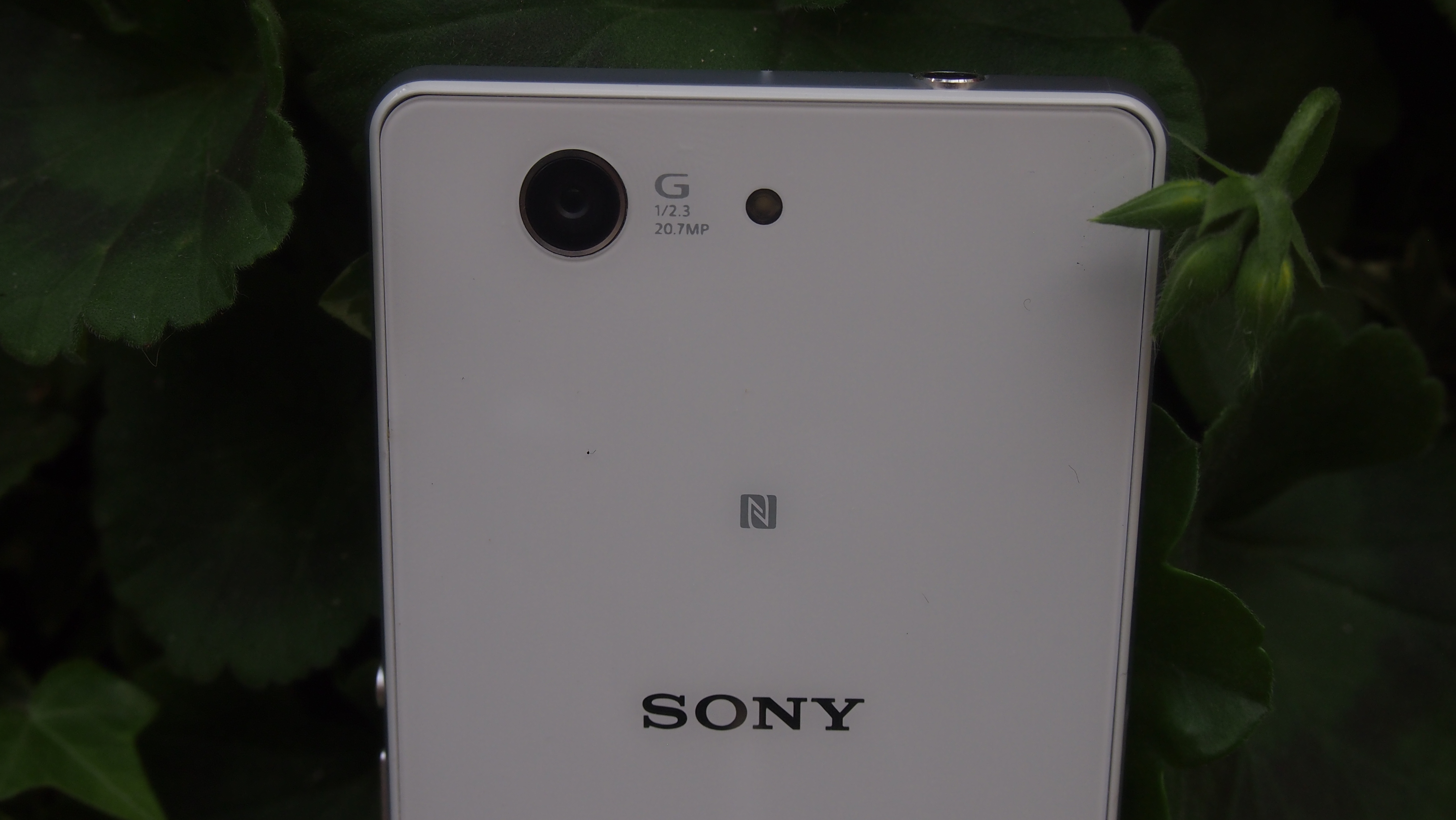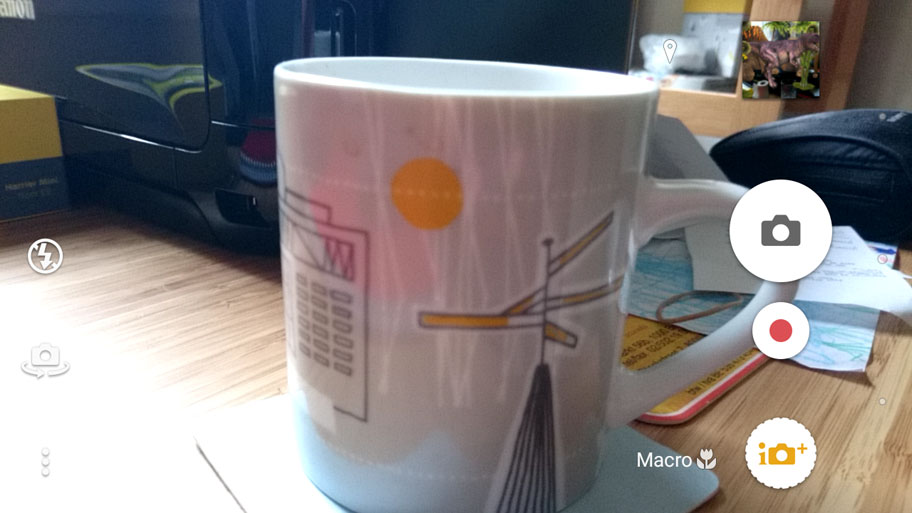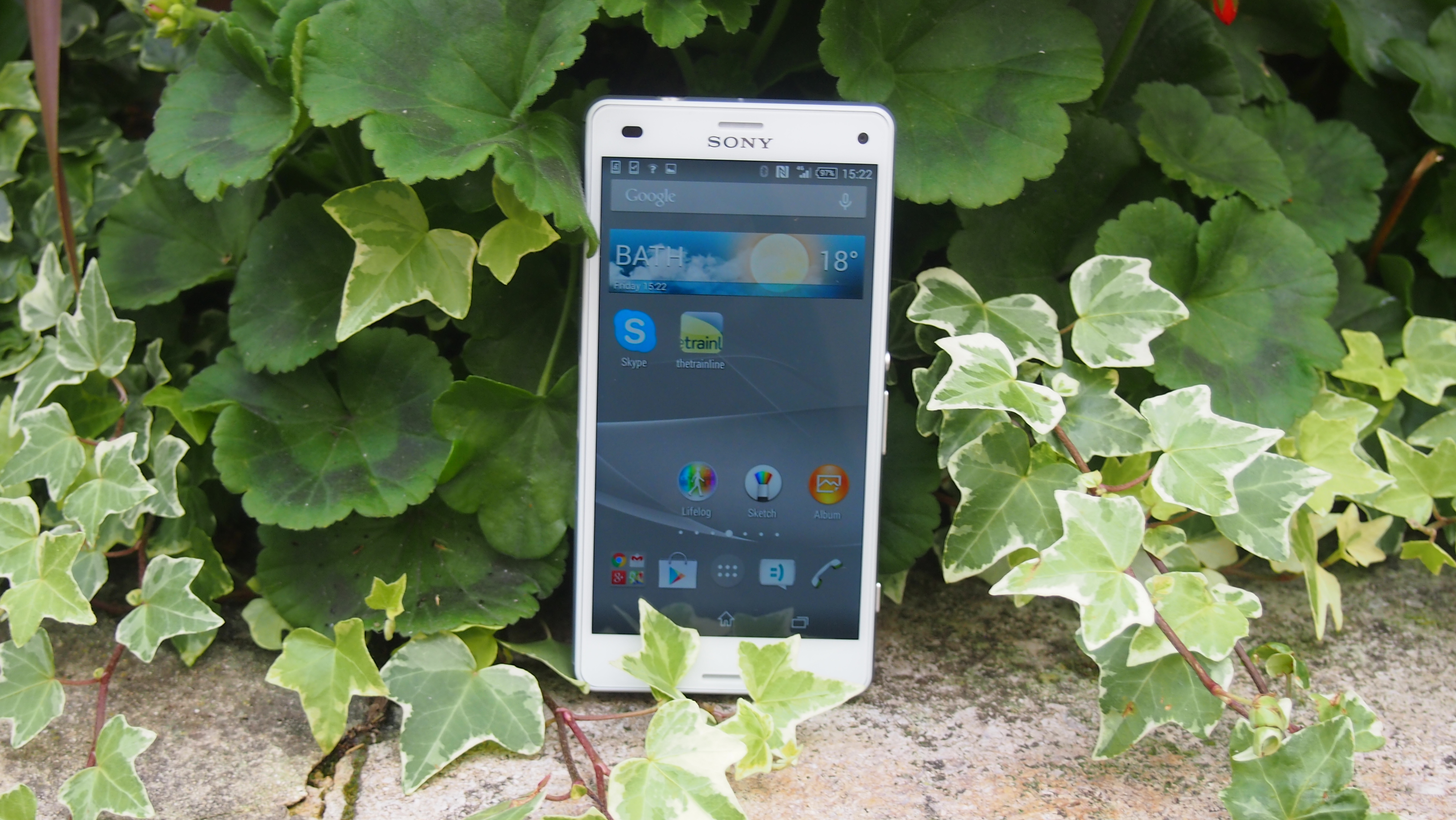Why you can trust TechRadar
One of the most important bullet points on the Sony Xperia Z3 Compact's spec sheet is its camera. It comes with a 20.7MP camera, the same as the one found in the Xperia Z3.
A high megapixel count doesn't guarantee a good camera, however, and Sony has backed it up with a range of technology from its digital compact cameras.

This includes the Exmor RS sensor and an ISO rating of 12,800, designed to drastically improve image quality in low light conditions. The lens is Sony's own wide-angle G lens, aimed at giving a wider frame for taking photos.
Sony's camera app comes with a host of tools and modes including a superior auto mode that optimises the settings based on what sort of shot you're taking.
During my tests I was pretty pleased with the superior auto mode, and its ability to detect what type of shot I was going for. For instance, if I was attempting a close up shot, it accurately detected this and switched to macro mode.

There's a manual mode if you want more control over your shots, and it gives plenty of settings to tweak.
I was reasonably pleased with the quality of the photos taken, especially outdoors, which captured colour particularly well.
Detail wasn't brilliant, however, with certain elements missed due to a slight blur. While this means the photos on the whole were free from noise, the lack of detail will mean many will rather go for a standalone compact camera, rather than depend on the Z3 Compact's.
Indoor shots and photos taken in low light conditions were also good, yet fell short of what I expected. Other smartphones such as the iPhone 6 might have less impressive sounding camera specifications on paper, but they manage to take better photos.
Sony has made a big deal of the Xperia Z3 Compact's high ISO rating of 12,800, the highest in any current smartphone (bar the full size Xperia Z3, which comes with the same camera).
Though this high ISO rating is supposed to help with taking photos in low light levels, and I did achieve some good shots, they still fell short of the iPhone 6's photographs, with a low level of detail and off white balance keeping the images from looking truly stunning.
The camera app comes with a number of gimmicky modes such as AR effects and face in mode. The face in mode takes photos both with the rear facing camera and the front facing camera at the same time, the idea being to capture your expression as you take a photo.

It works fine, but there's not much to it. AR Effects places animated objects into your photos for moderately amusing results. For example, you can conjure up a T-Rex to stomp around your friends as you take photos.
It's fun for a while, but the effects aren't quite good enough to be anything more than a mildly diverting time waster. You can download more effects from the app store, and these range from the OK to the downright terrible. At least they're free.
The video camera of the Xperia Z3 Compact does a decent job of filming, and as with still photos, there are a number of effects you can add. Perhaps the best one is timelapse, which takes a sped up 120fps version of a film, which you can then slow for ultra (but still smooth) slow motion.
It's not really timelapse per se, but it works surprisingly well, and is quick and easy to use. The Xperia Z3 Compact is also capable of filming in 4K. As already mentioned, when launching the 4K mode, a warning comes up saying that the Xperia's temperature may rise, causing the app to close. That seems like a strangely bodged work-around to us.
This did happen a few times, too, along with a couple of times when using the AR effects. Here's a tip for Sony: if a feature causes your smartphone to over heat and crash, it might be best to drop that feature altogether.
Still if you don't mind filming in short bursts and having a slightly toasty smartphone, then the 4K video mode does the trick.
If you're worried that all these high resolution photos and 4K video will take a toll on the internal memory of the Xperia Compact Z3, don't worry as you can expand the memory with a microSD card up to 128GB.

Matt is TechRadar's Managing Editor for Core Tech, looking after computing and mobile technology. Having written for a number of publications such as PC Plus, PC Format, T3 and Linux Format, there's no aspect of technology that Matt isn't passionate about, especially computing and PC gaming. He’s personally reviewed and used most of the laptops in our best laptops guide - and since joining TechRadar in 2014, he's reviewed over 250 laptops and computing accessories personally.
